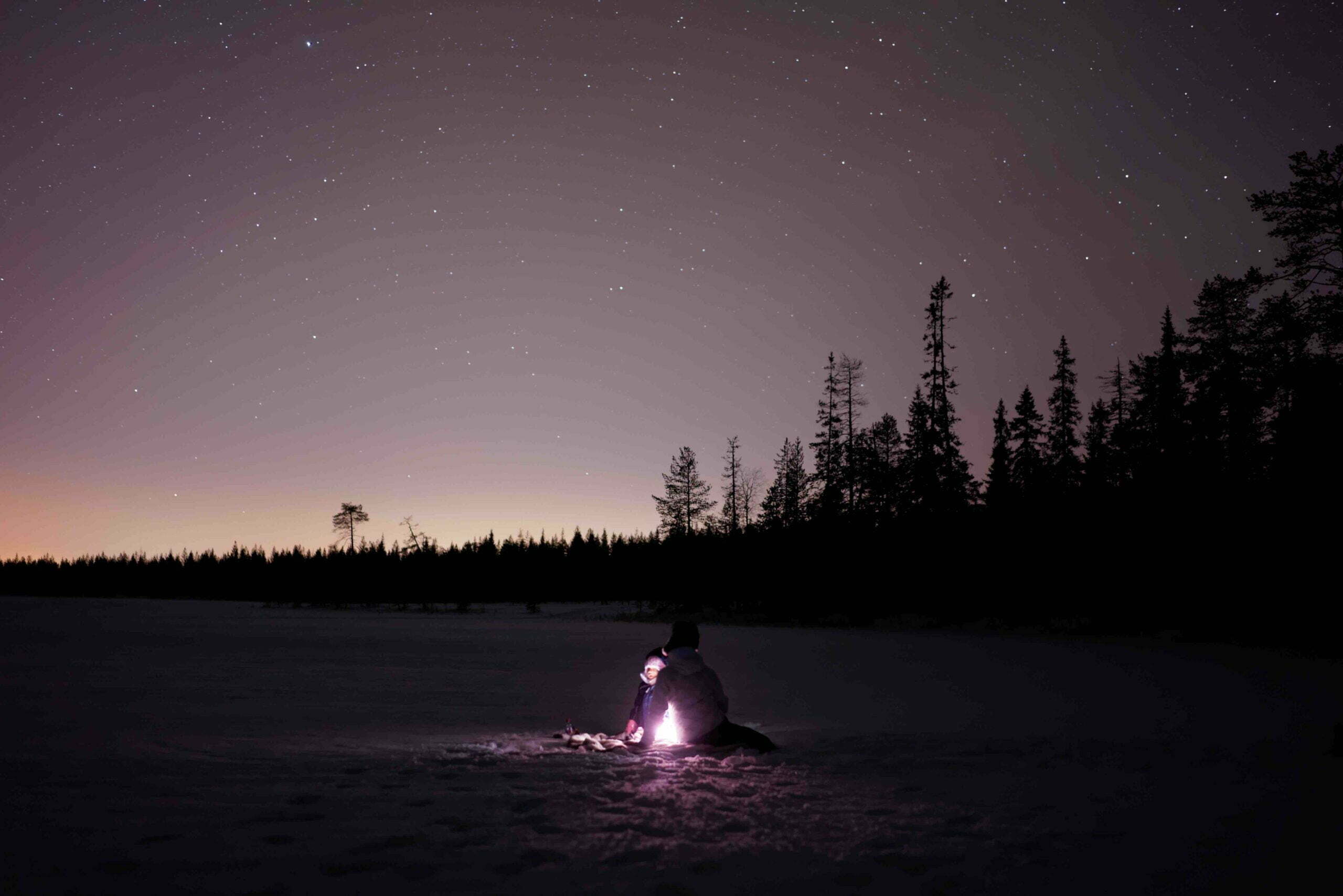Stargazing for children – Family Fun under the Stars! Article written by Donna Burton.
Astronomy is one of the easiest sciences that can be done from anywhere by anyone. Looking at the night sky is a wonderful family activity that can be undertaken without almost any equipment!
Night sky gazing can be done from almost anywhere by just following a few simple tips and tricks. Autumn through spring are the easiest and best times to stargaze in the Southern Hemisphere because the Milky Way is overhead and it gets dark earlier but there are always plenty of things to see no matter the season. All you need is a clear sky. Watching the moon go through its phases or tracking the movements of the brightest planets can be exciting and this of course can be seen from wherever the light pollution is is not too bad.
Weather plays a most important part when it comes to stargazing for children. Nothing ruins an astronomer’s night more than clouds.
Here are a few simple tricks to get you and the kids out and stargazing.
Stargazing for children
1. Become familiar with the night sky
This is a lot easier today than it was in the past with so many amazing apps that you can load onto your phone or tablet. With these apps, you can hold your phone up and have it identify what all those fuzzy things or the bright stars are.
These apps will show you where the constellations, planets, the moon and even the International Space Station can be seen.
There are also books and star charts that will help you work out what do you want to look at on any given night. Having a plan makes everything a lot easier before you head outside.
It is good to be able to identify at least a few of the major constellations. For example, can you find the Southern Cross it is in the southern part of the sky and has two bright stars better known as the Pointers which always can be found in company with it.
Another popular and easy to identify constellation is the scorpion and above it – Sagittarius -which looks like a teapot. These are visible between our southern autumn and spring.
Coming into late spring and early summer the well-known group of stars often called the saucepan but correctly known as Orion is easily visible.
Learning to find theses constellations will help you find your way around the sky better.
2. Choose a spot as far away from light pollution as possible
Light pollution unfortunately limits how much that we can and is the reason why people travel to the country to be able to see the skies. You can still see a lot even from your suburban backyard as of the the brightest stars and planets are still visible.
To see a star-studded sky and the Milky Way itself, you need to travel away from the city lights. Your local park can be a great place for stargazing since they are usually darker than surrounding neighbourhoods and are family friendly
3. Let your eyes adjust to the dark
This is really important. Your eyes will start to adjust to the dark within minutes of turning off the lights.
To completely adjust can take up to 30 to 35 minutes and once adjusted it is really, really important not to use a flashlight or look at your phone or camera screen as this can totally ruin your night vision. It can be a bit of a game to see how many stars appear the longer you are looking.
4. Practice patience
Patience is needed is if you’re going out to watch the meteor showers like the Leonids on No emend 13/14 or the Geminids in and December.
Unless you’re under a very dark sky you need to allow your eyes to become fully dark adapted and to patiently look up and wait as sometimes the meteors can be a few minutes apart.
The key thing is to get out there and have a go get as far away from lights as you can and just look up – and be amazed at what you can see.
Contributor: Donna Burton
www.donnatheastronomer.com.au
donna@donnatheastronomer.com.au




